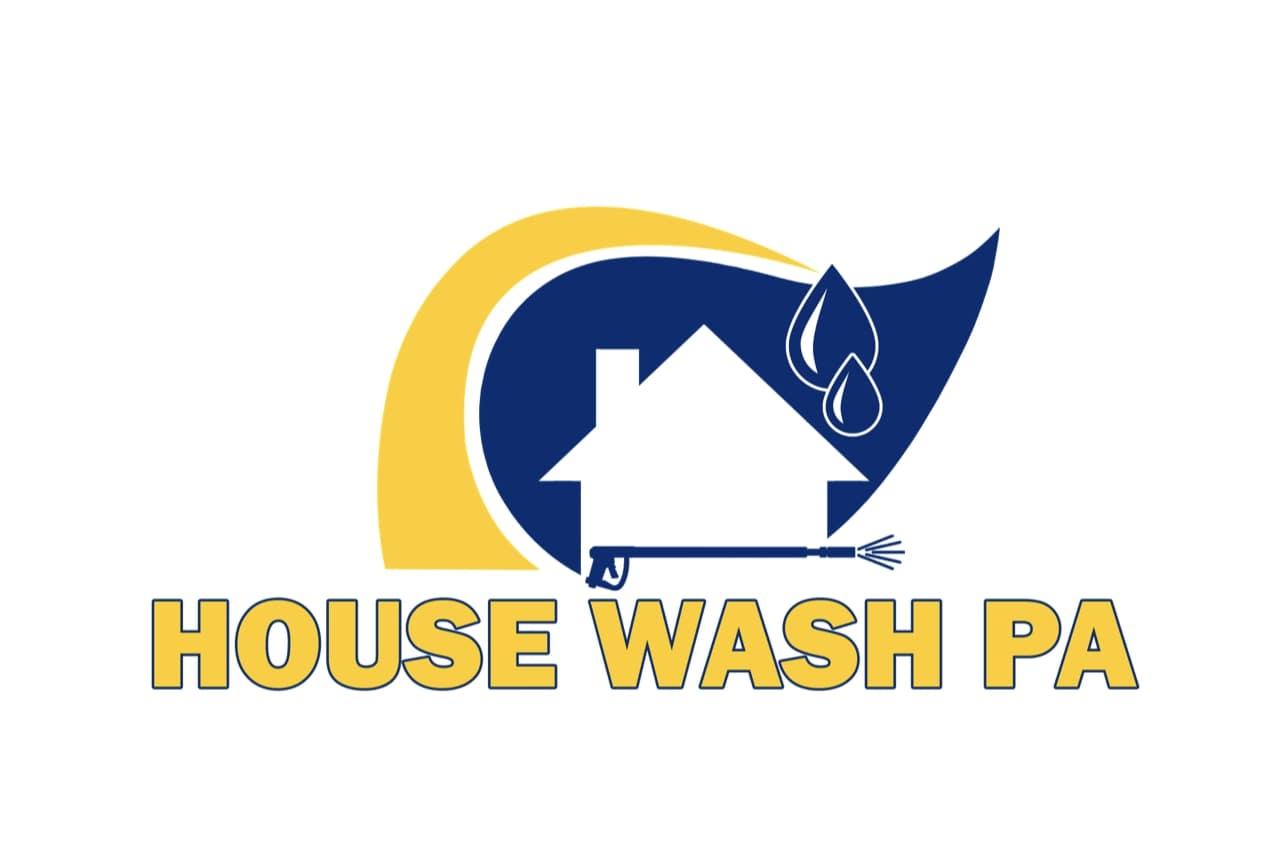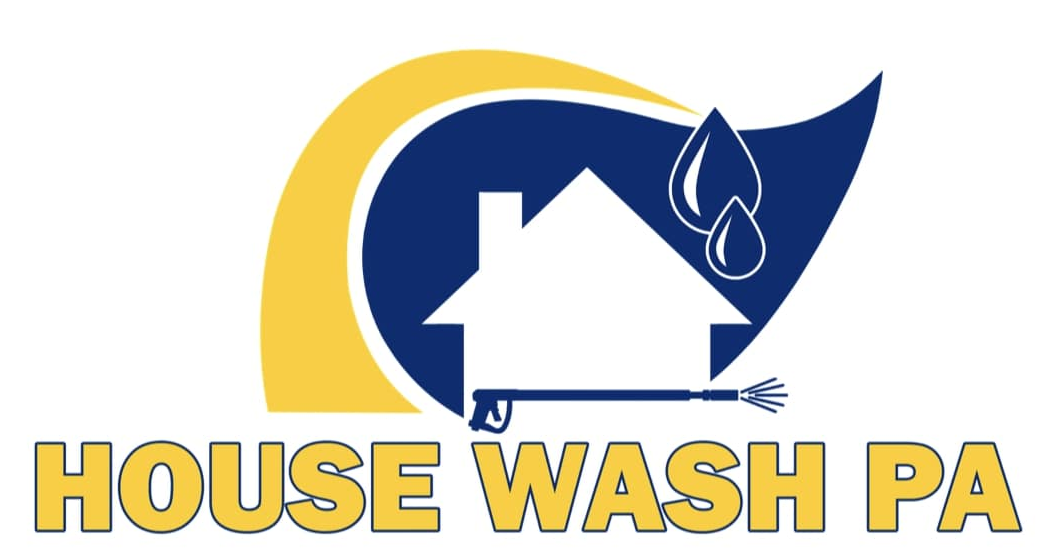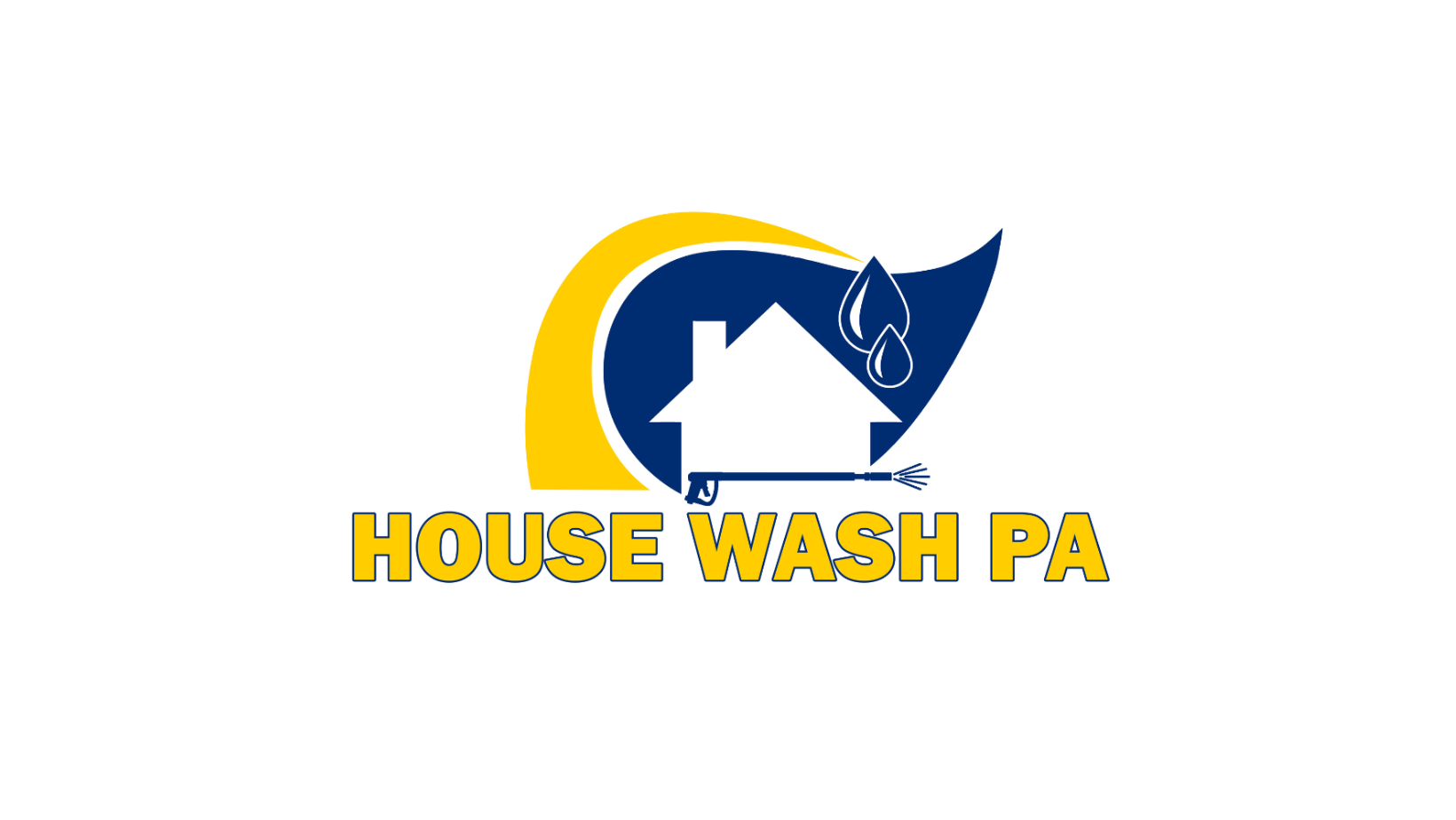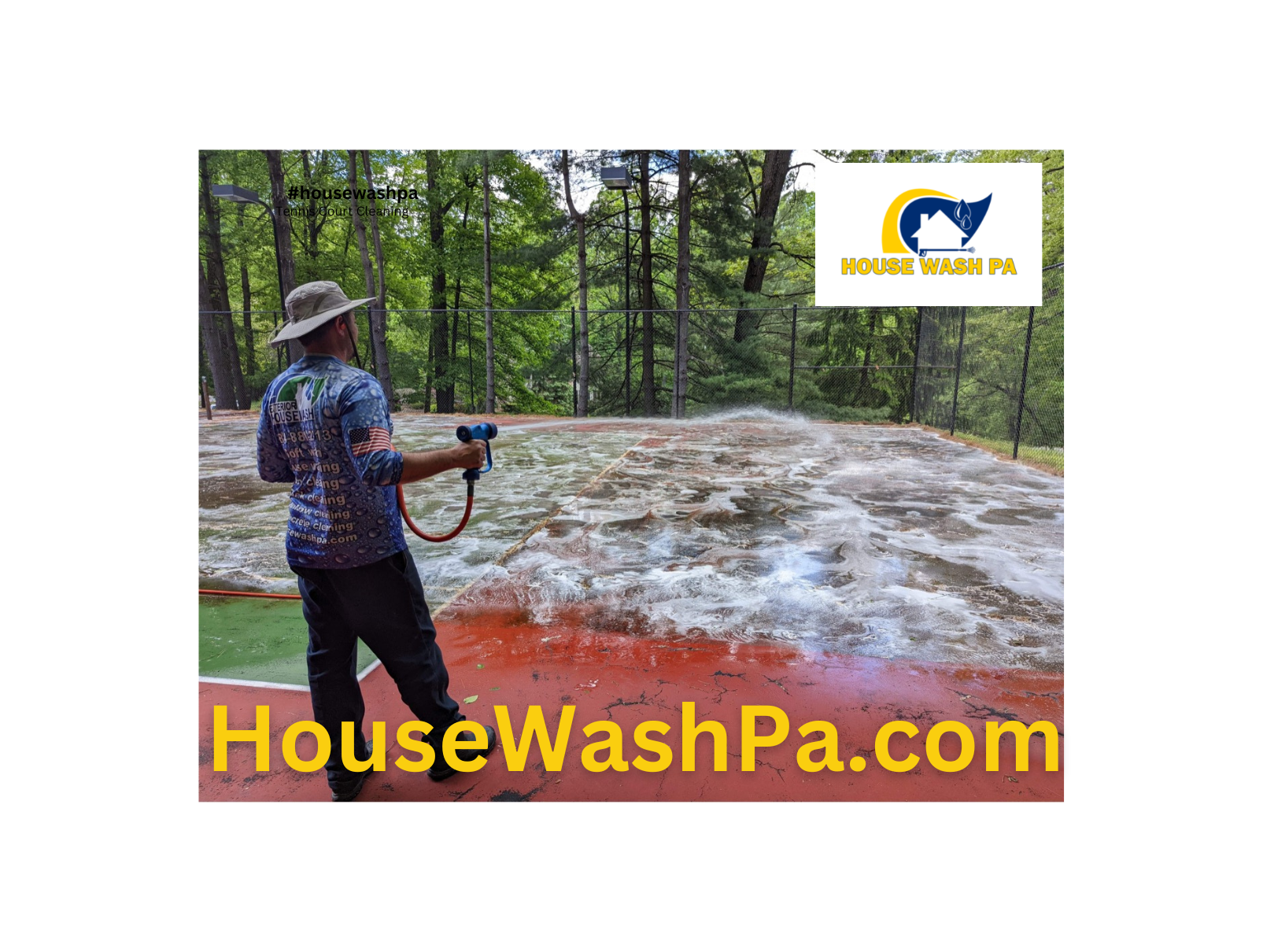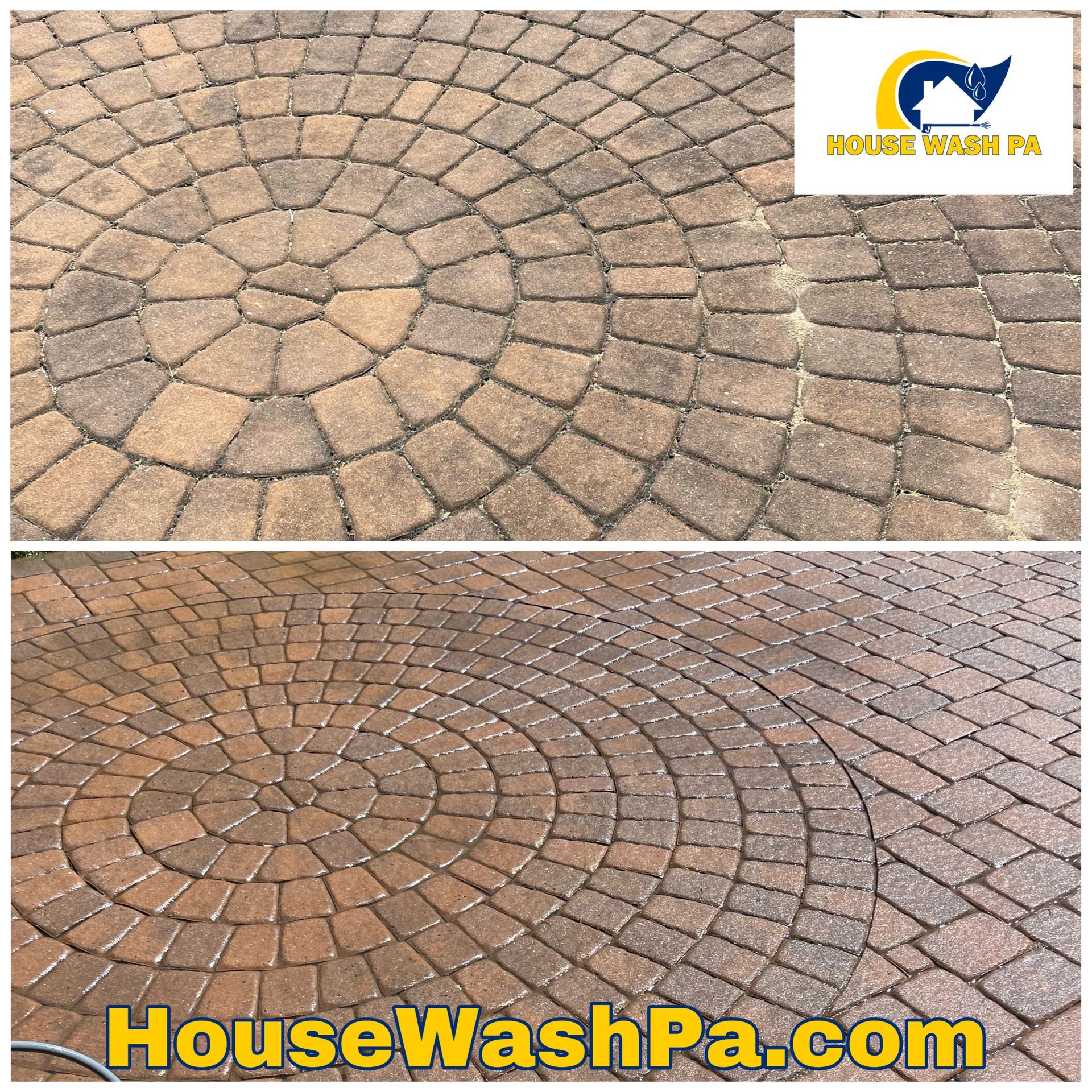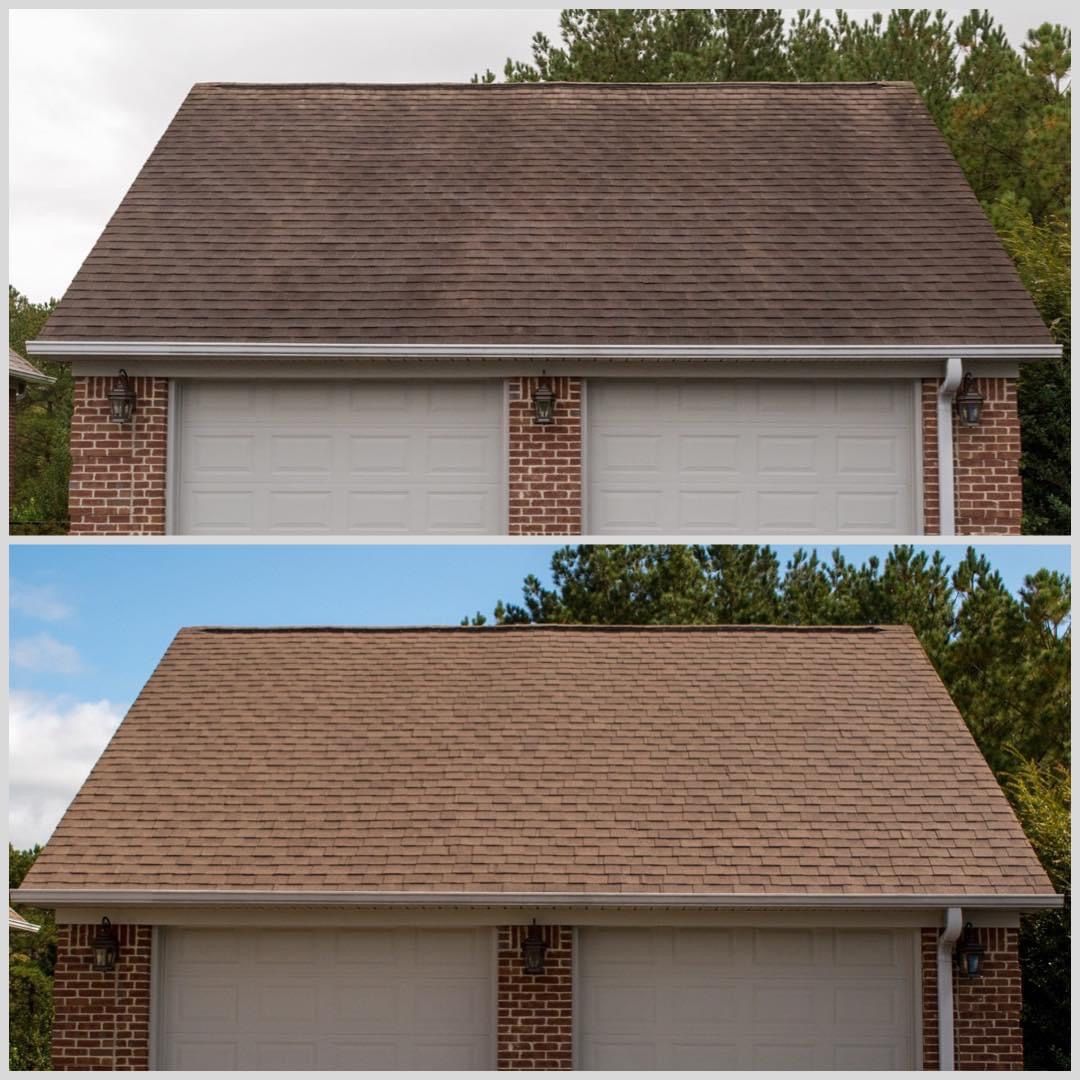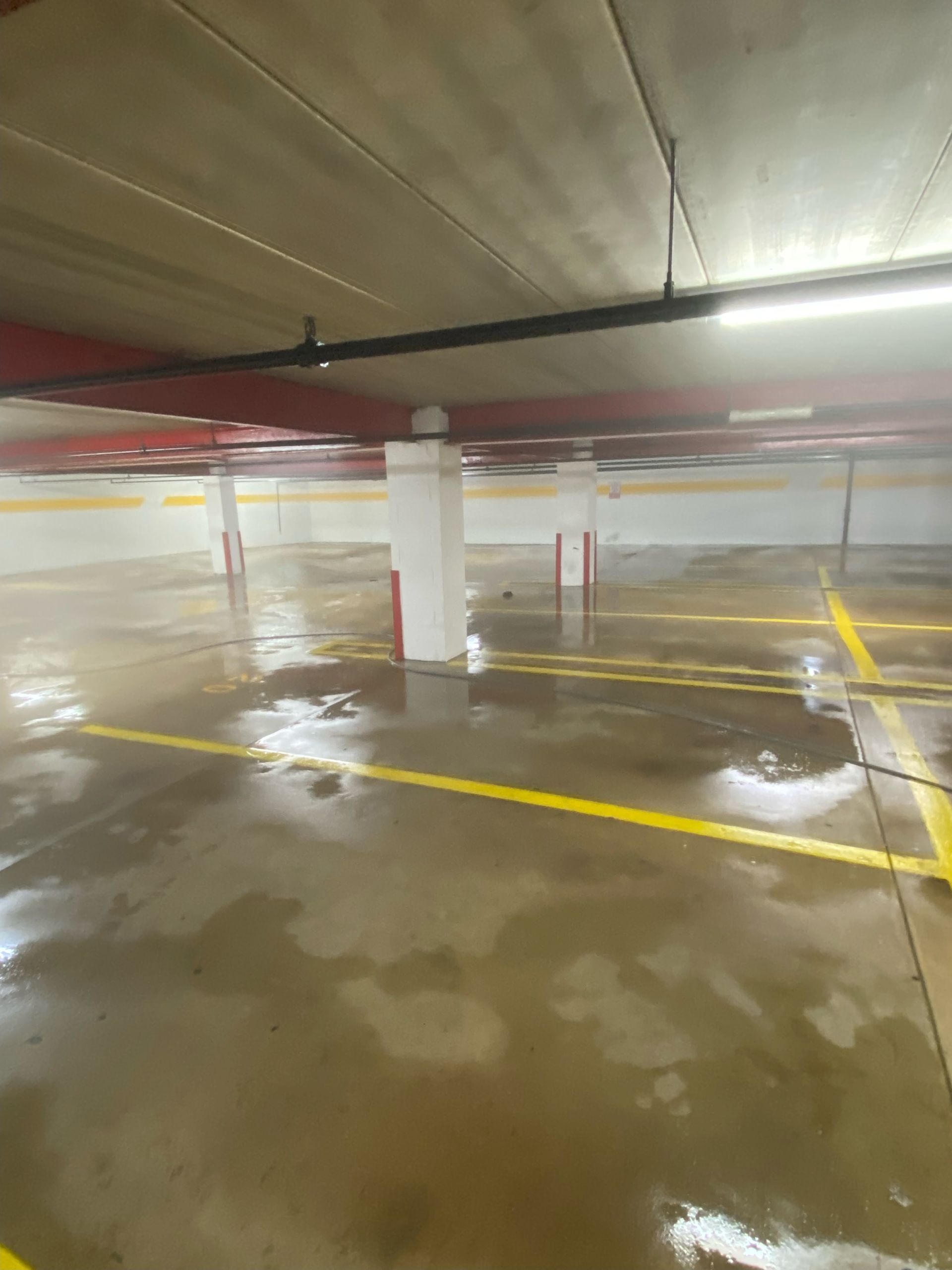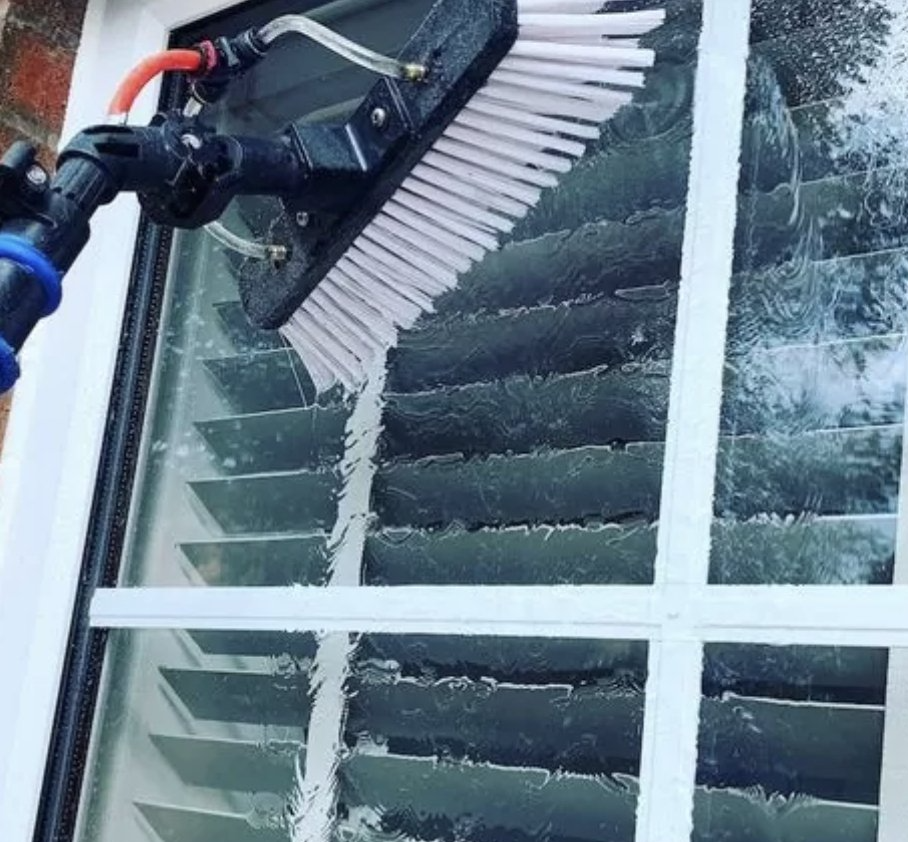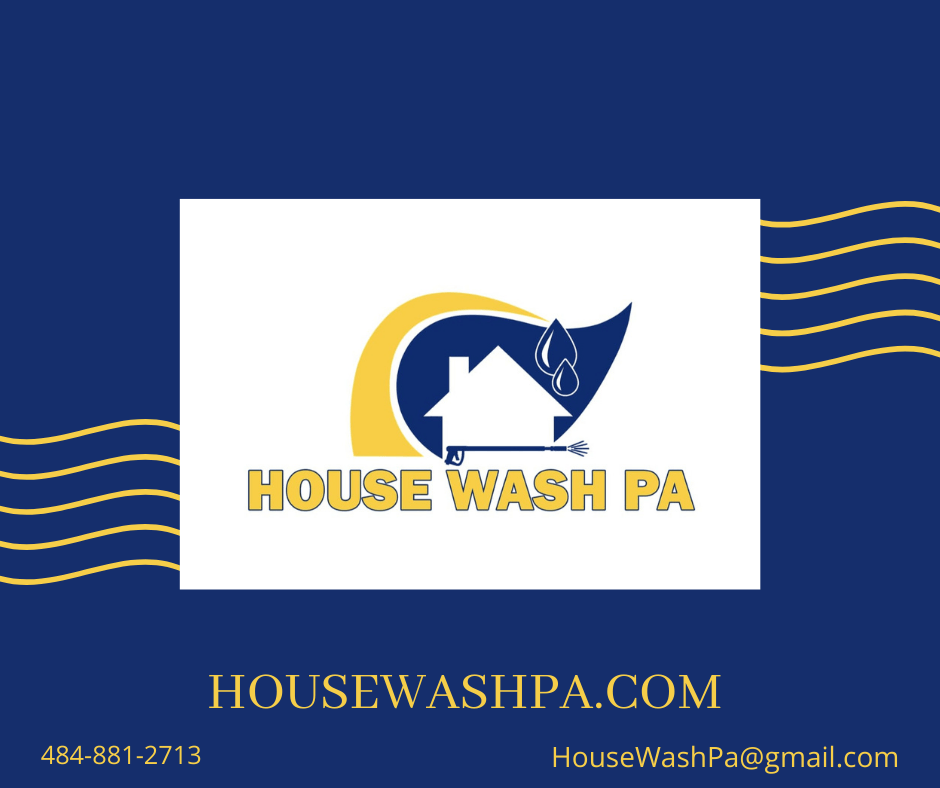The Fascinating Process Behind Sodium Hypochlorite Production Explained
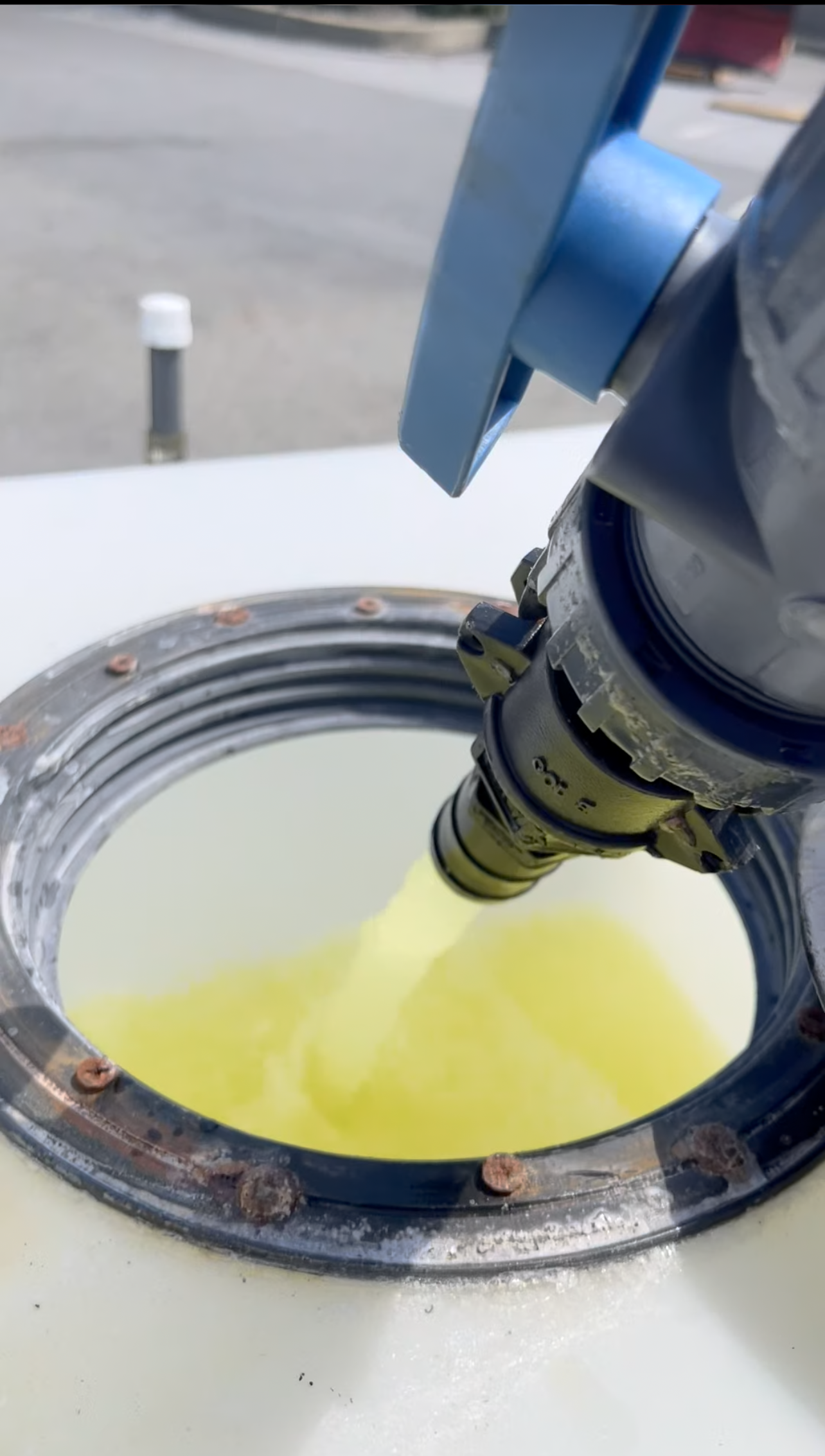
What is Sodium Hypochlorite?
Sodium hypochlorite, also referred to as bleach, is a chemical compound with various applications across various industries, including healthcare, water treatment, and food processing. It is a pale-yellowish liquid that contains sodium, oxygen, and chlorine, and it is commonly used as a disinfectant or bleaching agent due to its oxidizing properties.
In the healthcare industry, sodium hypochlorite is used to disinfect medical equipment, sanitize surfaces, and treat wounds. In the food processing industry, it is used to disinfect surfaces and equipment used in food production. Sodium hypochlorite is also used in water treatment plants to purify water and make it safe for consumption.
But how is this essential chemical compound produced? The production process involves several steps and requires precise control over various parameters to ensure the quality and purity of the final product. The next section will delve into the step-by-step process of manufacturing sodium hypochlorite.
The Production Process of Sodium Hypochlorite
The production of sodium hypochlorite involves several steps that require careful monitoring to ensure the quality and purity of the final product. Here are the step-by-step processes involved in the manufacturing of sodium hypochlorite:
Preparation of Raw Materials
Sodium hypochlorite production involves using three main raw materials: water, salt, and electricity. The water and salt are mixed in a brine tank, and the resulting solution is filtered to remove any impurities.
Electrolysis
The brine solution is then passed through an electrolysis cell, passing an electric current through the solution. This process separates the sodium and chlorine ions in the solution, and the chlorine gas produced is captured and processed for safe disposal or further use.
Chlorine Drying and Cooling
The chlorine gas is passed through a drying tower to remove any moisture or impurities and cooled to a liquid state.
Sodium Hydroxide Production
The sodium ions left behind in the electrolysis cell are combined with purified water to form sodium hydroxide or caustic soda.
Sodium Hypochlorite Production
The chlorine gas and sodium hydroxide are then combined to form sodium hypochlorite or bleach. The process is carefully monitored to ensure the right balance of chemicals is used to produce a high-quality product.
Post-Production Testing and Quality Control
After the production process is complete, the sodium hypochlorite solution is tested for purity and quality. Any impurities or off-specification products are discarded, while quality products are packaged and ready for use in various industries.
The manufacturing of sodium hypochlorite requires precise control over various parameters to ensure the quality and consistency of the final product. It is an essential chemical compound with diverse applications across industries, and its production process is carefully monitored to ensure the safety and effectiveness of the end product.
Raw Materials and Handling
Raw Materials and Handling of Sodium Hypochlorite Production
The quality of the final product of sodium hypochlorite production highly depends on the preparation of raw materials and the handling process. Below are the critical aspects involved in handling raw materials in the production process.
Water Quality
Water quality used in sodium hypochlorite production is critical to ensure the final product's purity. As such, raw water should be tested for impurities, such as calcium, magnesium, and iron.
Salt Quality
The sodium chloride used in the brine solution should be of high purity. Any impurities in salt can affect the final product's quality and lead to equipment corrosion.
Electricity Supply
Sodium hypochlorite production requires a stable and reliable electricity supply. Any fluctuations in the power supply can affect the process's efficiency and the final product's quality.
Chlorine Handling
Chlorine gas is hazardous and highly reactive. As such, appropriate handling processes are necessary during its transportation, storage, and use in the production process.
Safety Precautions
Sodium hypochlorite production involves several hazardous materials and processes. The production facility should have appropriate safety measures to prevent accidents that can harm workers and affect the final product's quality.
Handling raw materials in sodium hypochlorite production is crucial to ensure the final product's purity and quality. Appropriate handling, storage, transportation, and safety measures should be in place during the production process.
Chemical Reaction Mechanisms
The Chemical Reaction Mechanisms Used in Sodium Hypochlorite Production
Sodium hypochlorite is produced through an electrochemical process whereby chlorine gas is reduced at the cathode, producing sodium hydroxide and hydrogen gas. At the same time, at the anode, water is oxidized, producing hypochlorite and oxygen gas. The following are the chemical reaction mechanisms involved in sodium hypochlorite production:
Electrolysis
An electric current is passed through an aqueous sodium chloride (salt) solution to produce hypochlorite and sodium hydroxide. A hypochlorite solution is produced at the anode by oxidizing chloride ions into hypochlorite ions. At the cathode, water electrolysis produces hydrogen gas and hydroxide ions.
Chlorination
In the chlorination stage, chlorine gas is introduced to the above solution. Chlorine reacts with the hypochlorite ions, forming more hypochlorite. Excess chlorine gas is converted into chloride and chlorate ions.
Dechlorination
This stage involves the removal of excess chlorine gas and the destruction of chlorate ions. It is achieved by adding sulphur dioxide, which reduces the chlorate to chloride ions. The remaining chlorine gas is removed by passing the solution through an activated carbon bed or by ultraviolet irradiation.
Stabilization
To prevent the decomposition of sodium hypochlorite, a stabilizer such as sodium carbonate or phosphate is introduced to the solution; this helps to maintain the pH level and prevent the loss of active chlorine.
Filtration and Dilution
The final sodium hypochlorite solution is filtered to remove any impurities and then diluted to the required concentration before being packaged and distributed for use.
In conclusion, the chemical reaction mechanisms involved in sodium hypochlorite production involve a series of electrolysis, chlorination, dichlorination, stabilization, and filtration processes. Adhering to these processes is important in ensuring the purity and quality of the final product.
Quality Control and Safety
Quality Control and Safety Measures in Sodium Hypochlorite Production
Sodium hypochlorite production involves a complex chemical process, and quality control and safety measures are essential to maintain the final product's consistency, purity, and safety. The following are some of the measures taken in the production of sodium hypochlorite:
Raw Material Testing
Raw materials such as sodium chloride and chlorine gas are tested before use to ensure they meet the required standards; this is important in ensuring consistency in the final product.
Process Control
Different parameters, such as temperature, pH, and pressure, are monitored during the process to ensure they are within the required range. Variations in these parameters could affect the final product's quality.
Quality Checking
Samples from different stages of the production process are taken and thoroughly checked for impurities, chlorine content, and pH level to ensure the final product meets the required standards.
Packaging and Distribution
The final product is packed in containers that meet regulatory requirements and labeled according to the concentration, date of manufacture, and expiry date. Personnel handling the product are trained in handling, storage, and transportation to ensure safety.
Safety Measures
Safety measures such as personal protective equipment (PPE), fire safety equipment, and emergency response plans are in place to prevent accidents and minimize the impact on human health and the environment.
Sodium hypochlorite production involves quality control and safety measures from raw material testing to packaging and distribution. Adhering to these measures is crucial in ensuring the final product's consistency, purity, and safety.
Applications of Sodium Hypochlorite
Applications of Sodium Hypochlorite
Sodium hypochlorite, commonly called bleach, is a widely used chemical compound with various applications. Here are some of the common uses of sodium hypochlorite:
Water Treatment
Sodium hypochlorite disinfects and removes impurities such as bacteria, viruses, and fungi from water.
Sanitation
Sodium hypochlorite is an active ingredient in many cleaning and disinfecting products. It is used in hospitals, restaurants, schools, and households to disinfect surfaces and control the spread of infections.
Bleaching
Sodium hypochlorite is an effective bleach for cotton, linen, and synthetic materials.
Stain Removal
Sodium hypochlorite can remove stubborn stains such as grass, wine, and blood from clothing and fabrics.
Pool Maintenance
Sodium hypochlorite is used to sanitize swimming pools and hot tubs by killing bacteria and other harmful
microorganisms.
Wastewater Treatment
Sodium hypochlorite is used in wastewater treatment to disinfect and remove impurities before they are released into the environment.
Paper Manufacturing
Sodium hypochlorite is used in the bleaching process of wood pulp to produce white paper.
Exterior Cleaning
sodium hypochlorite is the main chemical used in soft washing to clean vinyl siding, roofs, decks, concrete, stucco and more.
Sodium hypochlorite has various applications in various industries. Its effectiveness as a disinfectant and bleach makes it a popular choice for cleaning and water treatment. Adhering to quality control and safety measures is essential to ensure the purity and safety of the final product.
The Future of Sodium Hypochlorite Production
As the demand for sodium hypochlorite continues to grow, the future of production looks bright. Several technologies are being developed that promise to increase efficiency and reduce overall production costs. Here are some of the developments in the industry:
Electrolytic production process
This process involves using an electrolytic cell to convert saltwater into sodium hypochlorite. The process is extremely efficient and produces high-quality sodium hypochlorite without chlorine gas.
Membrane cell technology
This technology uses a membrane cell to produce sodium hypochlorite. The process is energy-efficient and produces high-quality sodium hypochlorite without any by-products.
Improved safety measures
Improving safety measures is an ongoing effort in the sodium hypochlorite industry. Manufacturers are investing in new safety technologies to minimize the risk of accidents and spills.
Sustainable production
The demand for sustainable products also drives innovation in the sodium hypochlorite industry. Manufacturers are exploring new ways to make their production processes more environmentally friendly, such as using renewable energy sources.
The future of sodium hypochlorite production looks promising. With new technologies and sustainable practices emerging, the industry is poised for growth and innovation in the coming years.
Final thoughts
The production of sodium hypochlorite is a fascinating process that involves several stages of chemical reactions, from the production of sodium hydroxide to the final product of sodium hypochlorite. The demand for this versatile chemical continues to grow, and the industry is continually seeking new and innovative ways to produce high-quality sodium hypochlorite efficiently and sustainably.
As we look ahead to the future of sodium hypochlorite production, we can expect to see continued advancements in technology and safety measures and a greater emphasis on sustainability and environmental responsibility. With these developments, sodium hypochlorite production will continue to play a vital role in industries ranging from water treatment to disinfection and beyond, providing an essential ingredient for the products and services that support our daily lives.

